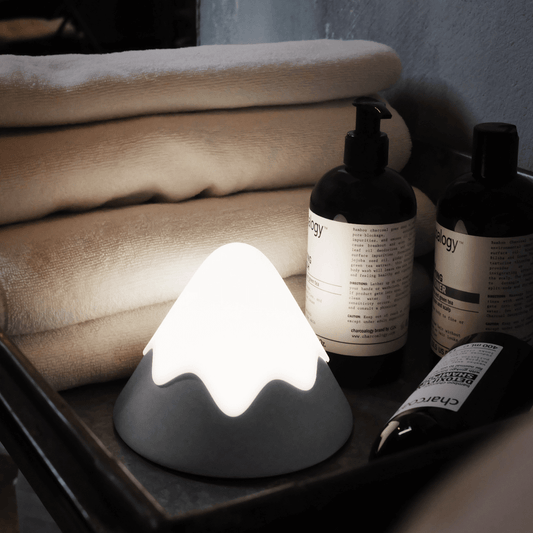If you've ever struggled to fall asleep or stay asleep, you know firsthand how important good sleep is for overall health and well-being. But have you ever stopped to consider what drives our need for sleep? Enter the homeostatic drive.

What is the homeostatic drive?
Homeostatic drive refers to the body's natural tendency to maintain balance or stability within its internal environment. This includes maintaining a stable body temperature, blood pressure, and other physiological variables within a narrow range that is essential for optimal functioning.
One of the key ways that the body maintains homeostasis is through sleep. During sleep, the body's systems are able to rest and repair themselves, which helps maintain good health and optimal functioning.
The homeostatic drive for sleep is regulated by a hormone called adenosine. Adenosine levels build up in the brain during wakefulness and contribute to feelings of sleepiness. As adenosine levels rise, the body's homeostatic drive for sleep becomes stronger. This drive becomes stronger the longer we are awake, and it eventually becomes strong enough to overcome any other competing drives or stimuli that might be preventing us from sleeping.
The homeostatic drive for sleep is one of the two main factors that regulate sleep. The other factor is the circadian rhythm, which is an internal body clock that helps regulate sleep-wake cycles. The interaction between the homeostatic drive for sleep and the circadian rhythm determines when we feel sleepy and when we feel awake.
How can it help me sleep better?
Understanding the homeostatic drive for sleep can be helpful for people who are trying to improve their sleep. If you are having trouble falling asleep or staying asleep, it could be because your homeostatic drive for sleep is not strong enough. Some ways to increase the homeostatic drive for sleep include:
- Sticking to a consistent sleep schedule
- Avoiding caffeine and alcohol close to bedtime
- Avoiding bright screens before bedtime
- Getting regular exercise
- Creating a relaxing bedtime routine
By understanding and addressing the homeostatic drive for sleep, you can improve the quality of your sleep and wake up feeling rested and refreshed.




















